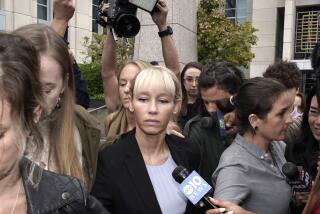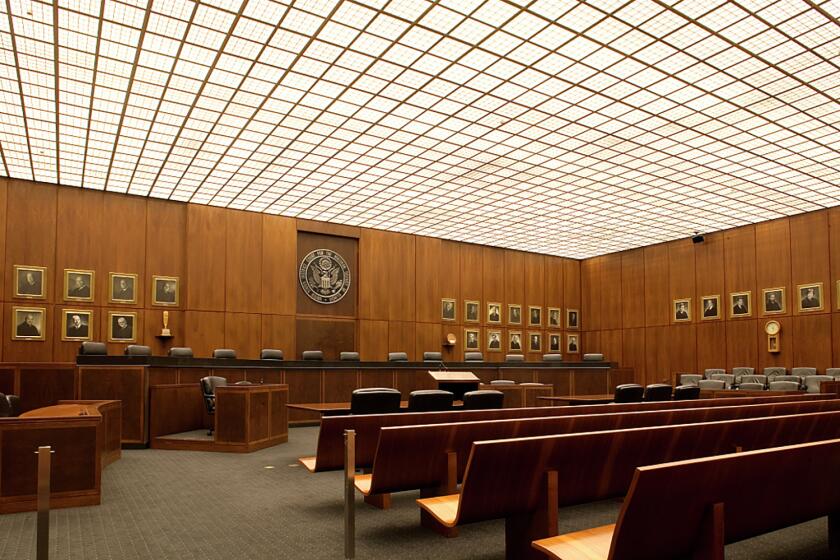Paying a price for child pornography

When she was 8 years old, a Pennsylvania girl identified only as Amy was raped repeatedly by an uncle, who compounded the crime by photographing the encounters — some of which involved acts ordered up by consumers of child pornography — and sending the images out over the Internet. More than 70,000 copies have been found on various confiscated computers.
The uncle went to prison in 1998 and was ordered to pay $6,325 in restitution to cover Amy’s psychological treatment at the time, which helped her heal from the trauma. But in 2007, Amy learned that the photographs remained in wide distribution, a revelation that she argues — quite reasonably — caused further emotional damage, affecting her ability to attend college and to work. It’s impossible to imagine her anguish at knowing those images are still out there, but she has estimated that restitution, including lifetime therapy, will cost $3.4 million.
Who should be responsible for paying that restitution lies at the heart of a case argued last week before the Supreme Court, a case that raises significant questions about criminal culpability and collective guilt.
A Texan named Doyle Paroline added two Amy photos to his large collection of illicit material in 2008 and, after he was caught the next year, pleaded guilty to possession of child pornography. He was sentenced to two years in prison; Amy then filed papers seeking restitution, one of some 250 filings across the country that have led to nearly $1.8 million in restitution orders.
A Texas district court ruled against Amy in the Paroline case, but an appeals court reversed that and then went further, ruling that Paroline should make full restitution — that he should pay the entire $3.4 million — because, as part of the uncountable audience of people who have viewed the photos, he is “equally and severally” responsible for the damage Amy suffered. It would be up to Paroline to decide whether he wanted to go after his fellow offenders for their share.
This is where a bad situation gets murky. Clearly the uncle, as the creator and distributor of the photographs, bears the most responsibility. But does simply owning two illicit photographs make Paroline liable for all the damage Amy has suffered?
This is a reach. Paroline’s behavior is indefensible, and he could well owe Amy some portion of the restitution. There also is something to be said for giving the victim her restitution now and letting the criminals fight among themselves. But picking one porn viewer out of that vast array to bear the full cost is unreasonable, especially because two photographs represent only a small fraction of the 70,000.
Sometimes, justice requires being fair even to those who don’t deserve it. And justice in this case means rejecting the argument that Paroline must pay for all his fellow criminals.
More to Read
A cure for the common opinion
Get thought-provoking perspectives with our weekly newsletter.
You may occasionally receive promotional content from the Los Angeles Times.






